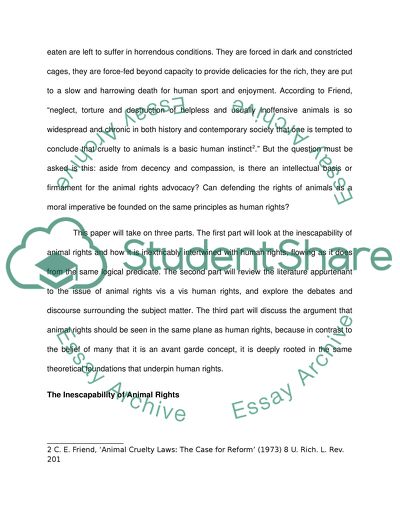Cite this document
(“Beyond Bunny-Hugging: Applying human rights theory in defence of Essay”, n.d.)
Beyond Bunny-Hugging: Applying human rights theory in defence of Essay. Retrieved from https://studentshare.org/law/1443643-love-critically-analyse-the-extent-to-which-modern
Beyond Bunny-Hugging: Applying human rights theory in defence of Essay. Retrieved from https://studentshare.org/law/1443643-love-critically-analyse-the-extent-to-which-modern
(Beyond Bunny-Hugging: Applying Human Rights Theory in Defence of Essay)
Beyond Bunny-Hugging: Applying Human Rights Theory in Defence of Essay. https://studentshare.org/law/1443643-love-critically-analyse-the-extent-to-which-modern.
Beyond Bunny-Hugging: Applying Human Rights Theory in Defence of Essay. https://studentshare.org/law/1443643-love-critically-analyse-the-extent-to-which-modern.
“Beyond Bunny-Hugging: Applying Human Rights Theory in Defence of Essay”, n.d. https://studentshare.org/law/1443643-love-critically-analyse-the-extent-to-which-modern.


